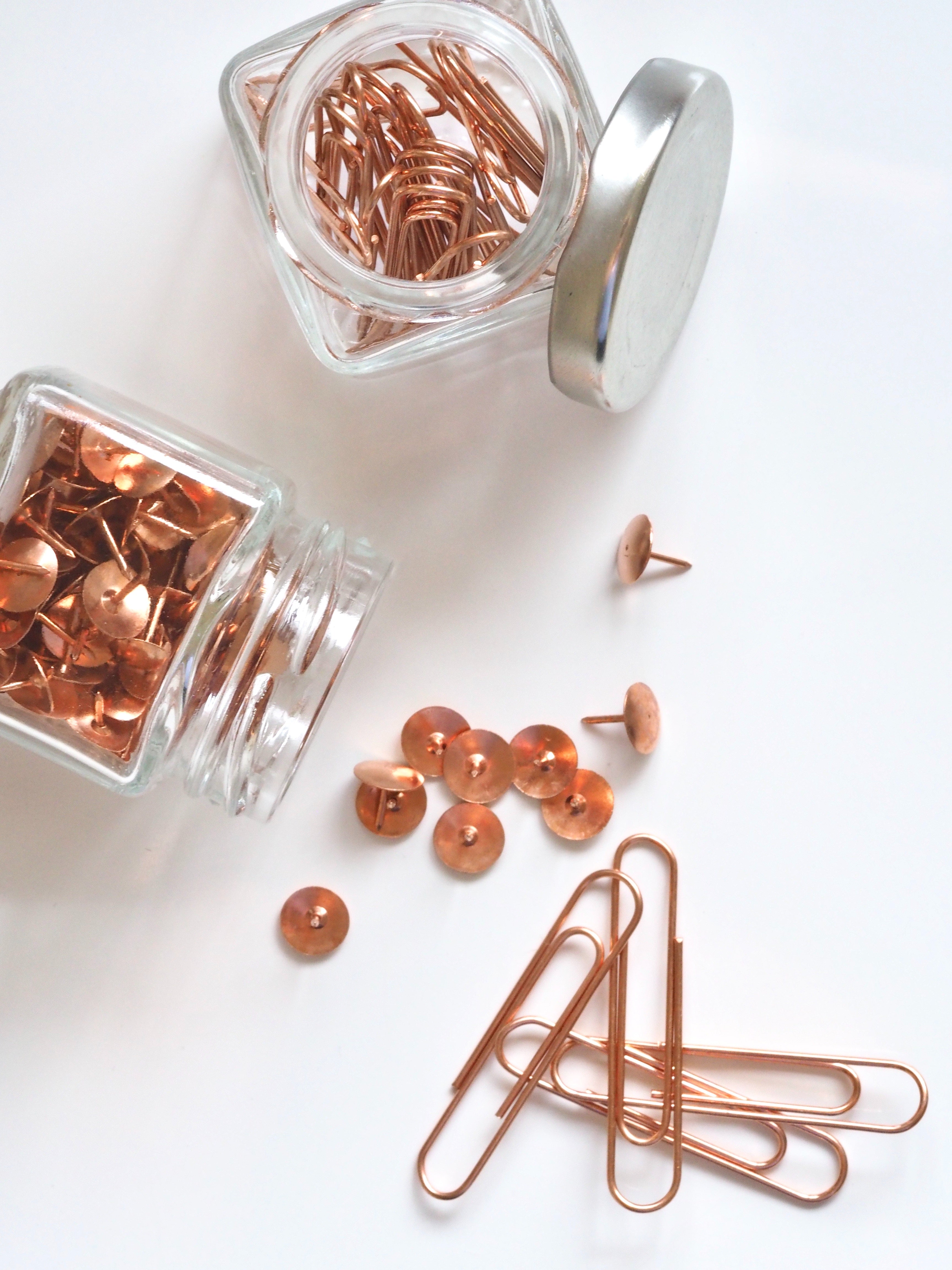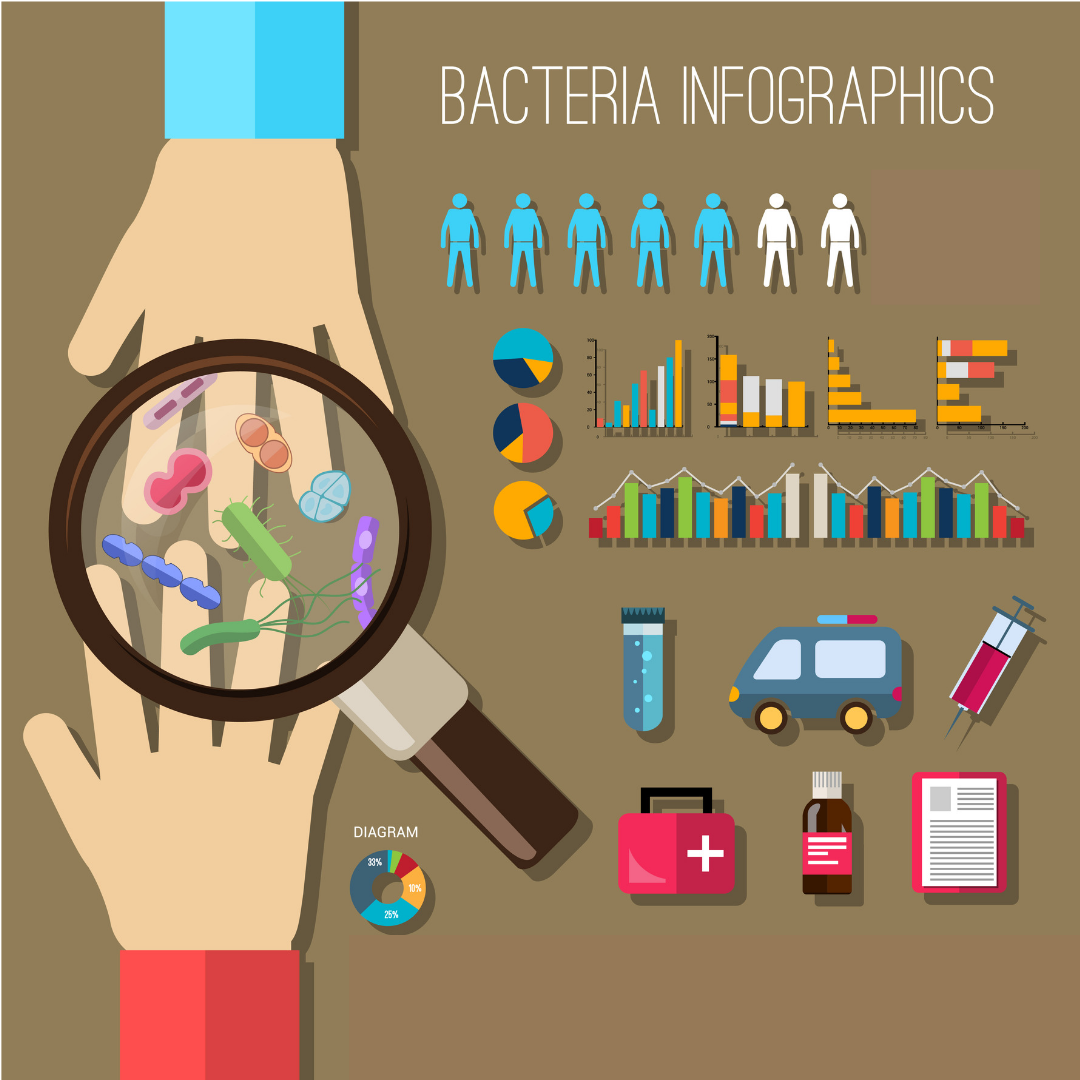Decades of scientific research have demonstrated over and over that copper kills germs on contact.
The antimicrobial activity of copper is now well established, and copper has recently been registered at the U.S. Environmental Protection Agency (EPA) as the first solid antimicrobial material.
Science supporting the EPA registration has sparked a global campaign advocating the use of these materials to improve infection control in healthcare facilities, mass transit, educational institutions and beyond. Copper is the only solid antimicrobial touch surface approved by the EPA. StayWell Copper never wears out. The natural tarnishing does not impair efficacy. It is safe to use. Copper is not harmful to people or the environment and it is completely recyclable.
Copper kills literally in minutes, by causing massive membrane damage after about a minute’s exposure, says Gregor Grass of the University of Nebraska, Lincoln. “When microbes were exposed to copper surfaces, we observed contact killing to take place at the rate of tens to hundreds of millions of bacterial cells within minutes, says Grass. This means that usually no live micro-organisms can be recovered from copper surfaces after exposure.”
“The healing power of copper has been recognized for thousands of years. More than 4,000 years ago, the Egyptians used it to sterilize wounds and drinking water and the Aztecs treated skin conditions with the metal. The ancient Greeks also knew of its benefits. Hippocrates, sometimes called ‘the father of medicine’, noted that it could be used to treat leg ulcers. Today, copper is a common constituent in medicines including antiseptic and antifungal creams.”
“Copper is considered safe to humans, as demonstrated by the widespread and prolonged use of copper intrauterine devices (IUDs) by women. In contrast to the low sensitivity of human tissue (skin or other) to copper, microorganisms are extremely susceptible to copper.”
In March 2013 a representative of the Copper Development Association, which has coordinated much of the recent research as steward of the EPA registration activities, told us researchers have yet to find any type of germ that is not killed by physical contact with bare copper. By contrast, a number of the studies cited note that on stainless steel and other surfaces harmful microorganisms can live for weeks or even months.
No germs are believed to have developed resistance to copper, even though humans have used copper for over 4000 years. Copper is even effective against newly evolved antibiotic-resistant strains of old public health enemies.



